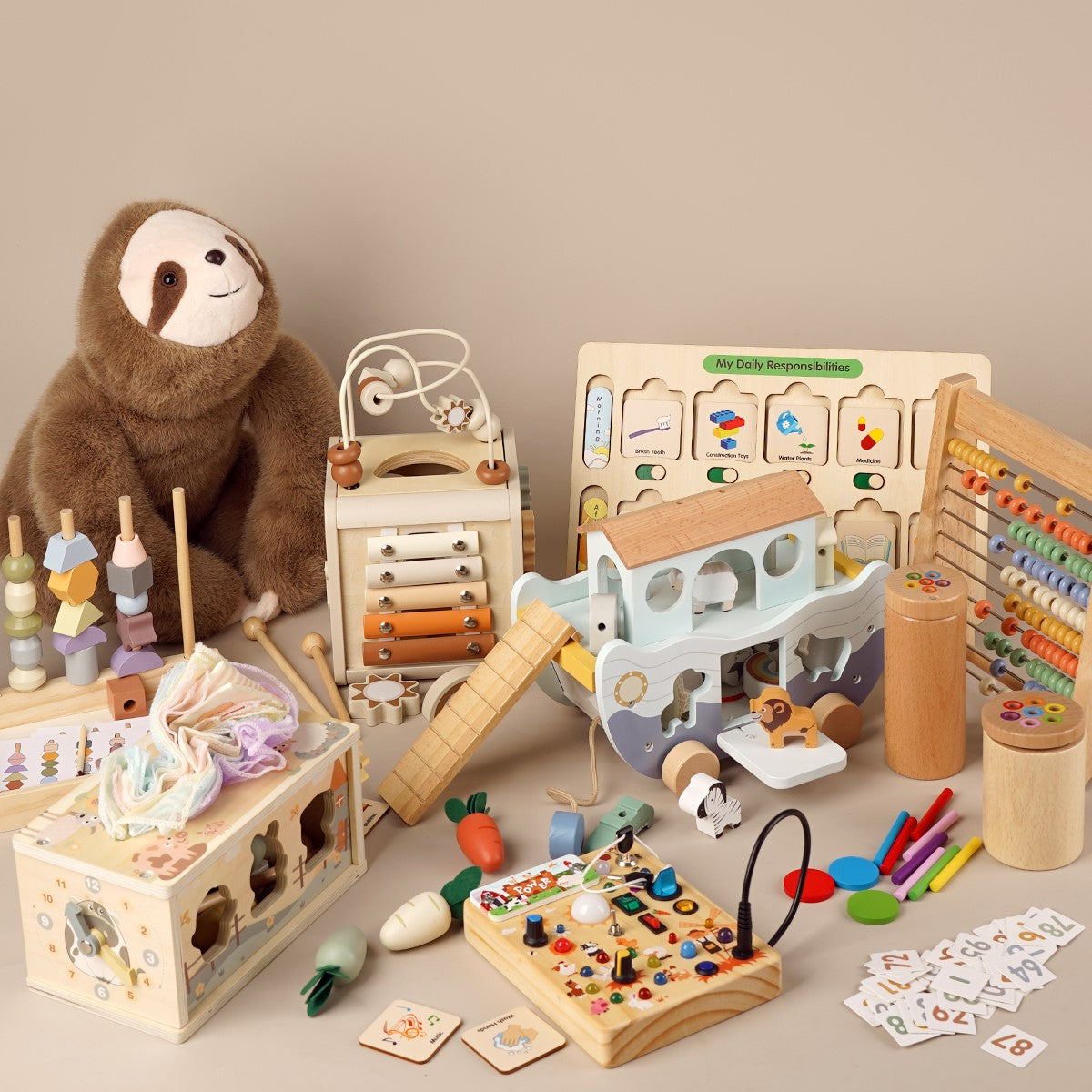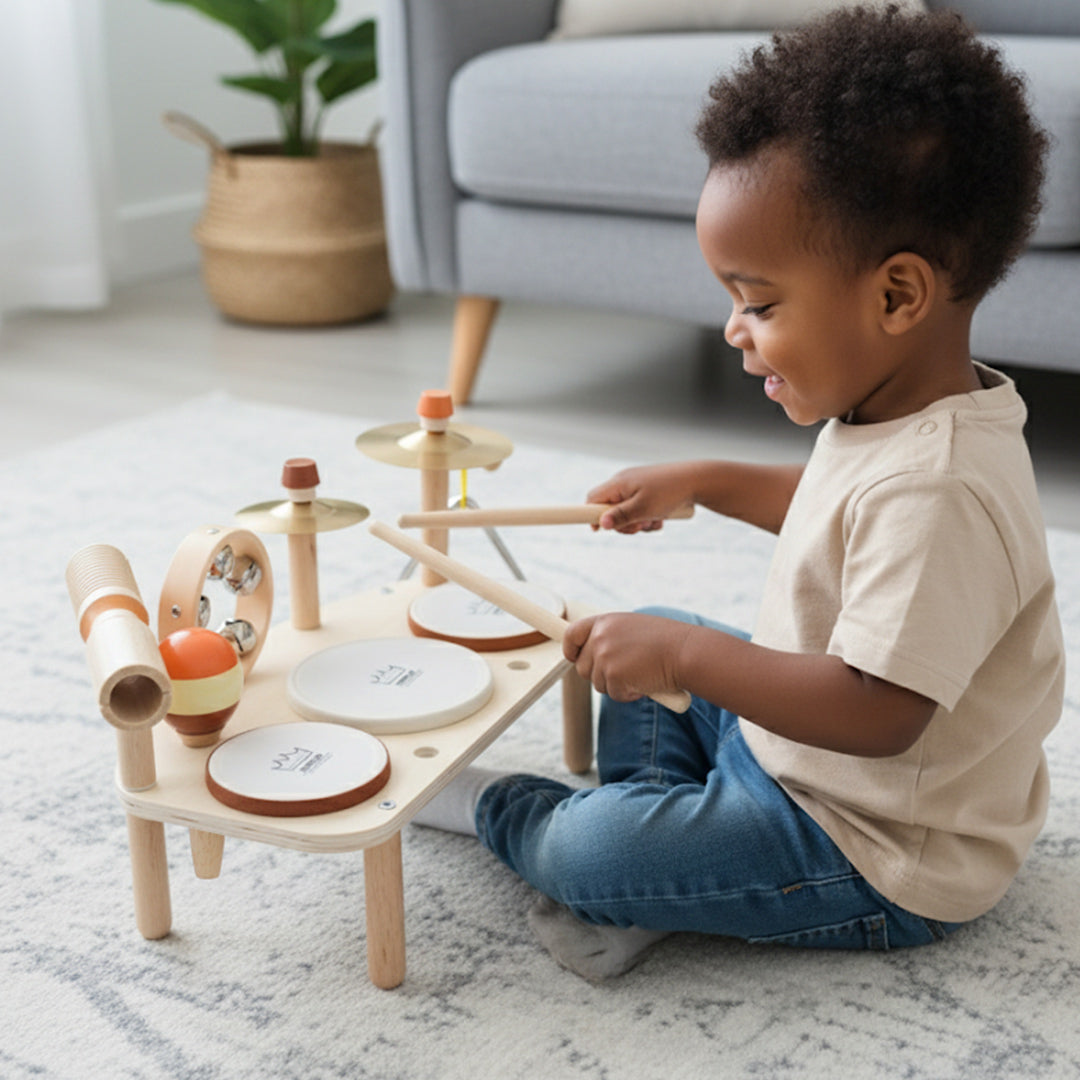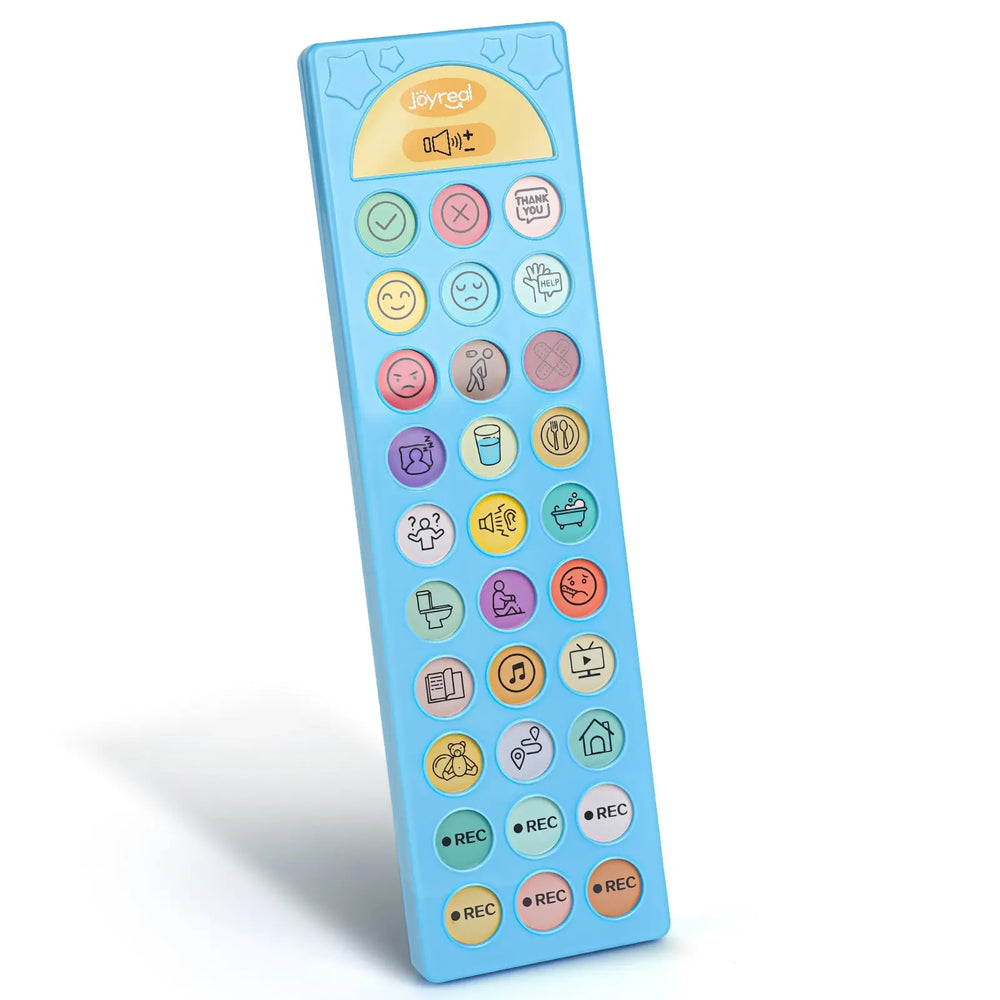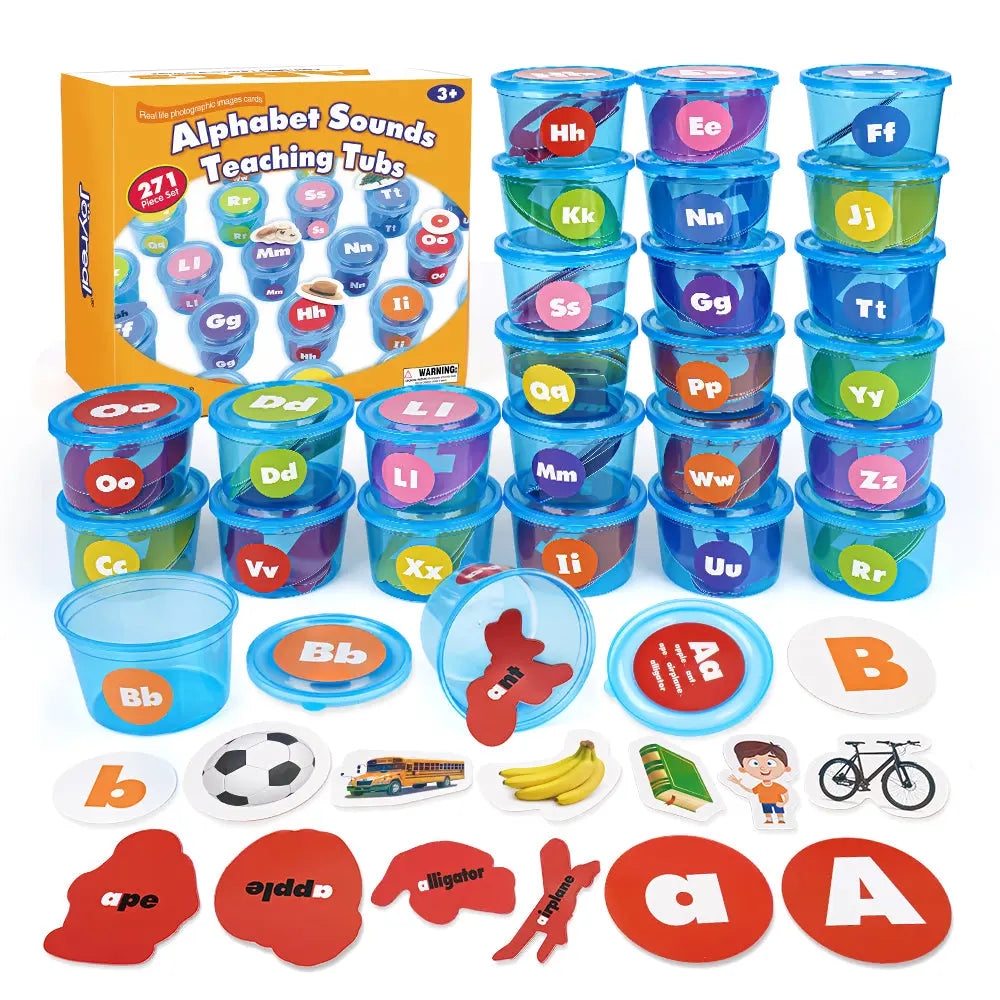Effective Tips for Enhancing Vocabulary in Autistic Kids
Why Children with Autism May Face Challenges in Building Vocabulary?
Language acquisition is a complex process that requires various skills, including the ability to process and understand sounds, associate words with meanings, and use them in appropriate contexts. For children with Autism Spectrum Disorder (ASD), developing vocabulary can be particularly challenging due to specific characteristics of the condition.
1. Communication Differences
Children with autism often exhibit unique communication styles and may struggle with traditional forms of verbal interaction. For example:
- Delayed Speech: Many children with autism begin speaking later than their neurotypical peers, making vocabulary acquisition slower.
- Lack of Joint Attention: Joint attention, or the shared focus between two individuals on an object or event, is crucial for learning words. Many children with autism find joint attention activities, such as pointing or looking where someone else is pointing, more difficult.
- Preference for Non-Verbal Communication: Some children may prefer gestures, pictures, or other forms of non-verbal communication over spoken words, which can limit vocabulary growth.
2. Sensory Processing Issues
Autistic children often experience sensory processing differences that can impact their ability to focus on language learning. These include:
- Overstimulation: Loud environments or excessive sensory input can overwhelm children, distracting them from learning new words.
- Understimulation: Conversely, some children may not respond strongly to sensory cues, affecting their engagement with verbal language.
3. Social Interaction Challenges
Social interactions play a critical role in language development, as children learn new words through conversations, play, and observation. For children with autism:
- Difficulty Reading Social Cues: Understanding context or tone in conversations might be harder, making it challenging to grasp subtle word meanings.
- Limited Peer Interaction: Autistic children may have fewer opportunities to engage with peers, reducing chances to hear and practice new vocabulary.
4. Challenges with Abstract Concepts
Words that represent abstract ideas, feelings, or concepts (e.g., love, happy, tomorrow) can be particularly challenging to understand and use, as they require higher-order thinking and contextual understanding. Autistic children often excel with concrete, literal terms they can directly associate with an object or action.
How to Improve Vocabulary in Autistic Children
Understanding the difficulties faced by autistic children in vocabulary acquisition is the first step toward providing effective support. Here are some strategies to help bridge the gap:
1. Use Visual Supports
Many autistic children are visual learners, meaning they understand and retain information better when it’s presented visually.
Strategies:
- Picture Cards & Flashcards: Use images paired with words to teach new vocabulary.
- Visual Schedules: Incorporate words into daily routines (e.g., "eat," "play," "sleep").
- Social Stories: Simple stories with pictures that explain social situations and introduce new words.
Our magnetic autism schedule - Daily Visual Routine Chart with PECS Cards is designed as a versatile tool to assist children with autism and ADHD.
- Customizable Daily Routines: Includes 96 activity magnets, 16 headers, 48 reward stars, and a sticker book to create structured routines and task lists.
- PECS-Aligned System: Helps non-verbal or speech-delayed children visually communicate their needs and emotions, enhancing parent-child interaction and language development.
Skill Development:
- Promotes self-care, time management, and task prioritization.
- Encourages verbal and non-verbal expression through visual aids.
2. Engage in Interactive Reading
Reading aloud to autistic children helps expose them to new words in a structured way.
Tips for Effective Reading:
- Choose books with repetitive phrases.
- Point to pictures and name objects.
- Ask simple questions like, “Where is the cat?” to encourage participation.
- Use animated voices and gestures to make reading engaging.

Our abc pocket chart - Interactive Alphabet Learning Kit for Kids is an innovative educational tool designed to make learning the alphabet engaging and fun for children.
Multiple Activities Included:
Features 7 interactive activities like:
- Letter Matching
- Tracing Practice
- Phonics Games
- Catchy Rhymes
- Vocabulary Building
- Letter Hunts
- Spelling Exercises
Learning Benefits:
- Enhances Communication: Encourages verbal interaction through rhymes and sound games.
- Builds Confidence: Hands-on tracing and matching give a sense of achievement.
- Develops Discipline: Daily letter drills foster good habits.
- Sustains Engagement: Activities like "find the letter" challenges spark motivation and curiosity.
3. Incorporate Technology & Apps
Educational apps and games can make learning vocabulary fun and interactive.
Recommended Tools:
- Proloquo2Go (AAC app for nonverbal children)
- Endless Alphabet (Interactive word-learning app)
- Speech Blubs (Encourages imitation and speech development)
4. Use Repetition & Modeling
Repetition helps reinforce new words, while modeling correct speech encourages imitation.
How to Implement:
- Repeat new words frequently in different contexts.
- Speak slowly and clearly.
- Expand on their words (e.g., if the child says “car,” respond with “Yes, a red car!”).
Our Alphabet Learning Toys for Toddlers is an educational toy set that fosters foundational literacy and motor skills in young children.
Developmental Benefits:
- Enhances multi-sensory alphabet mastery: Encourages tactile exploration and learning through cognitive sorting and fine motor skill activities.
- Cognitive focus is developed through structured, engaging activities.
5. Encourage Play-Based Learning
Play is a natural way for children to learn language.
Play Activities to Boost Vocabulary:
- Pretend Play: Use dolls, action figures, or toy kitchens to introduce new words.
- Sensory Play: Describe textures, colors, and actions (e.g., “The sand is soft.”).
- Building Blocks: Name shapes, sizes, and positions (e.g., “Put the blue block on top.”).
6. Utilize Augmentative and Alternative Communication (AAC)
For nonverbal or minimally verbal children, AAC devices or sign language can support vocabulary development.
AAC Options:
- PECS (Picture Exchange Communication System)
- Sign Language (e.g., basic signs like “more,” “eat,” “drink”)
- Speech-Generating Devices
Our AAC communication devices for Autism and Speech Therapy is an innovative device designed to enhance communication for individuals with autism or speech delays. Below are its key features:
1. Designed for Non-Verbal Communication:
- A programmable device that allows users to communicate their needs effectively.
- Bridges the communication gap by replacing or complementing autism PECS cards and other non-verbal aids.
2. Colored Emotion Buttons:
Helps children articulate their emotions easily using color-coded buttons.
3. Custom Voice Recording:
Enables voice recordings to personalize the device for specific communication needs.
4. Adjustable Volume Control:
Ensures the sound output is appropriate for different environments and needs.
7. Create a Language-Rich Environment
Surround the child with opportunities to hear and use new words.
How to Do It:
- Label objects around the house (e.g., “chair,” “door”).
- Narrate daily activities (e.g., “Mom is washing the dishes.”).
- Sing songs with simple, repetitive lyrics.
8. Work with a Speech Therapist
A licensed speech-language pathologist (SLP) can provide personalized strategies tailored to the child’s needs.
Therapy Techniques May Include:
- ABA (Applied Behavior Analysis) therapy
- Articulation exercises
- Social communication training
Conclusion
Improving vocabulary in autistic children requires patience, consistency, and a multi-sensory approach. By using visual aids, interactive reading, play-based learning, and AAC tools, parents and educators can support language development effectively.
Every child progresses at their own pace, so celebrate small victories and keep the learning process positive and engaging.
Maybe it will be helpful for you:
Recent Post

What Finally Helped My Toddler Speak Up?
If you’re a toddler mom, you already know how much emotional weight...

Joyreal Christmas Toys Deals 2025
Enjoy instant savings across nearly every category, from early lear...

How Wooden Montessori Toys Support a Sustainable Childhood
Most parents don’t say it out loud, but many feel the same quiet fr...

Top Christmas Gifts to Help Kids Communicate Better This Holiday Season
The holiday season brings joy, family bonding, and endless opportun...

How to Make DIY Printable Communication Boards
Communication is at the heart of every child’s development — and fo...

Top 5 Christmas Gifts That Bring Families Closer (2025 Guide)
Christmas isn’t just about the gifts — it’s about the moments we c...

Top Musical Christmas Gifts for Toddlers & Preschoolers 2025
Why Musical Gifts Are Perfect for Toddlers and Preschoolers Music h...

Joyreal AAC Devices Wholesale Partner
In today’s educational and therapeutic environments, speech therapi...

Joyreal AAC Device – Big Sale for Autism & Speech
Every Voice Deserves to Be Heard Imagine your child looking up at y...

How to Choose Safe & Educational Toys for Christmas 2025
When “Just a Toy” Means So Much More If you’re a parent, you know t...













